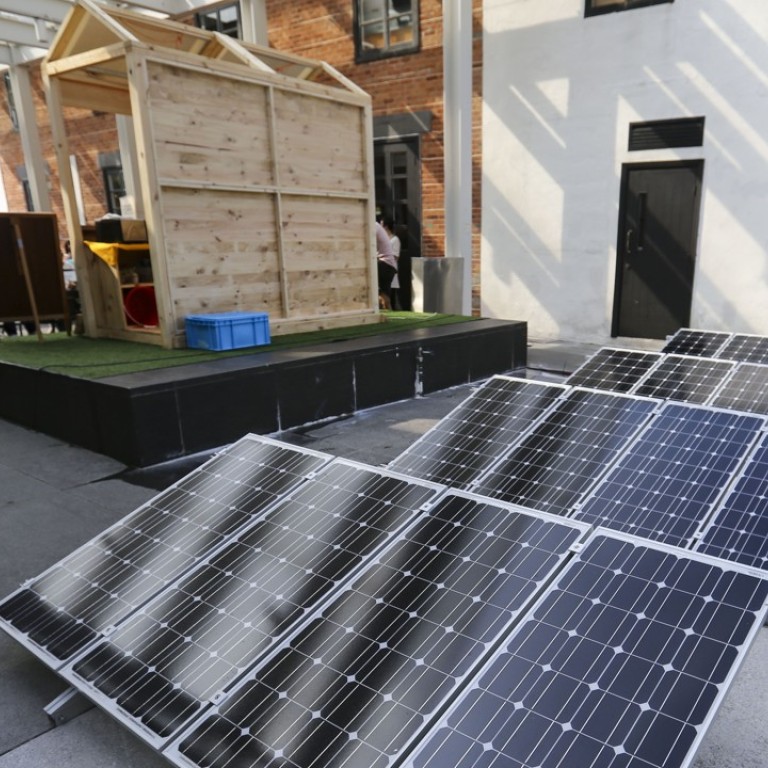
Solar power sales scheme is one bright idea
No matter how small the impact, the city needs to do all it can to try to cut greenhouse gas emissions by 36 per cent of 2005 levels by 2030
Any scheme that encourages Hong Kong to produce clean energy is good. Our city is struggling to meet its target to reduce carbon emissions, so a government plan to give incentives for electricity generation from the sun and wind to lessen the use of highly polluting coal and gas makes sense.
Generous purchase terms to offset the cost of equipment such as tradeable solar panels and a tradeable certificate system aim to spur growth of a renewable power industry. The idea is praiseworthy, but there are obvious limitations to its effectiveness.
Solar is now the most popular form of new electricity generation worldwide. Falling production costs for panels are making them increasingly viable for residential and commercial use.
Governments trying to meet Paris climate change goals are offering schemes such as tax breaks and credits. Lagging the global trend, but not too late, Hong Kong’s Environment Bureau has put forward a proposal to lawmakers to encourage the idea.
Under the scheme, the two electricity companies would pay from HK$3 to HK$5 per kilowatt hour to producers to help compensate for the cost of systems.
The power firms would be able to issue and sell renewable energy certificates that firms and individuals could buy to lower their own carbon emissions or meet corporate social responsibility commitments.
As laudable as the idea is, high-density living, tall buildings with limited roof area and little spare land will ensure a minimal impact. Those most able to benefit are wealthy homeowners, firms that own buildings and the owners of about 41,000 small houses in the New Territories.
But no matter how small the impact, our city needs to do all it can – including ensuring transport fleets comply with the latest emission standards – to try to cut greenhouse gas by 36 per cent of 2005 levels by 2030.
Three-quarters of our electricity comes from burning coal and gas, which is behind 70 per cent of air pollution. Encouraging those able to put in place solar and wind systems by buying the power they produce for up to five times the selling price will help.
The government could also lead the way by putting solar panels on its buildings, cutting red tape and relaxing rules on rooftop structures so that systems can be quickly operational with the least fuss.


